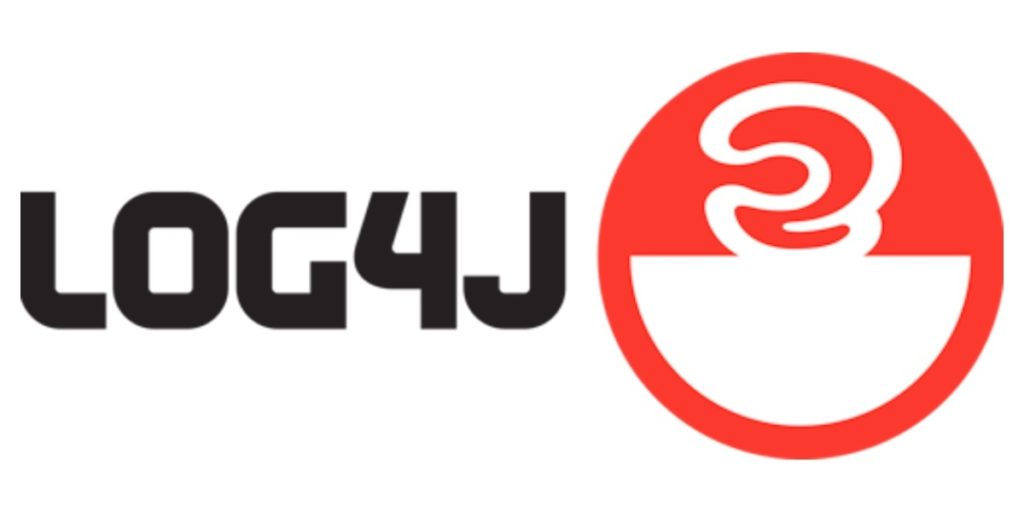Phases of Russia’s hybrid war. Stone Panda’s back. Bogus sites harvest credentials. Stone Panda’s back. CISA issues guidance.
Dateline Moscow, Kyiv, Prague, Berlin, Brussels, London, New York, Washington: a lull in maneuver, but a continuation of fire (and cyber ops).
Ukraine at D+41: Russia reconstitutes maneuver forces; expect fire and cyber. (The CyberWire) Infantry and armor withdraw from the north of Ukraine, but Russian artillery continues its reduction of such Ukrainian cities as are within range. Cyber operations continue, and Ukraine is apparently getting some help from abroad (at least some defensive help).
Live Updates: U.N. Security Council to Meet as Evidence of War Crimes Mounts (New York Times) China and Russia are unlikely to support any measures that France, the U.S. and Britain propose. European leaders sought to impose more sanctions, but were divided on whether to ban Russian natural gas.
When It Comes to U.N. Diplomacy, Not All Abstentions Are Equal (World Politics Review) Abstentions at the U.N. may seem like a way to avoid hard choices on tough crises. But U.N. diplomacy is rarely that simple. In recent weeks, U.N. members from China to Burkina Faso have abstained on votes in U.N. forums on the war in Ukraine, or just not voted on them. What do such ambiguous votes and nonvotes mean?
Russia-Ukraine war: what we know on day 42 of the Russian invasion (the Guardian) Donetsk governor says Russian artillery has killed civilians at aid point, while Russian governor claims border guards were fired at
Russia’s invasion of Ukraine: List of key events on Day 42 (Al Jazeera) As the Russia-Ukraine war enters its 42nd day, here is a look at the main developments.
Russian military ‘weeks’ from being ready for new push as war takes its toll (The Telegraph) ‘Significant movement’ of troops away from Kyiv to regroup, rearm and resupply as Nato appeals to allies for weapons to reinforce Ukraine
Russia’s failure to take down Kyiv was a defeat for the ages (AP NEWS) Kyiv was a Russian defeat for the ages. The fight started poorly for the invaders and went downhill from there. When President Vladimir Putin launched his war on Feb. 24 after months of buildup on Ukraine’s borders, he sent hundreds of helicopter-borne commandos — the best of the best of Russia’s “spetsnaz” special forces…




